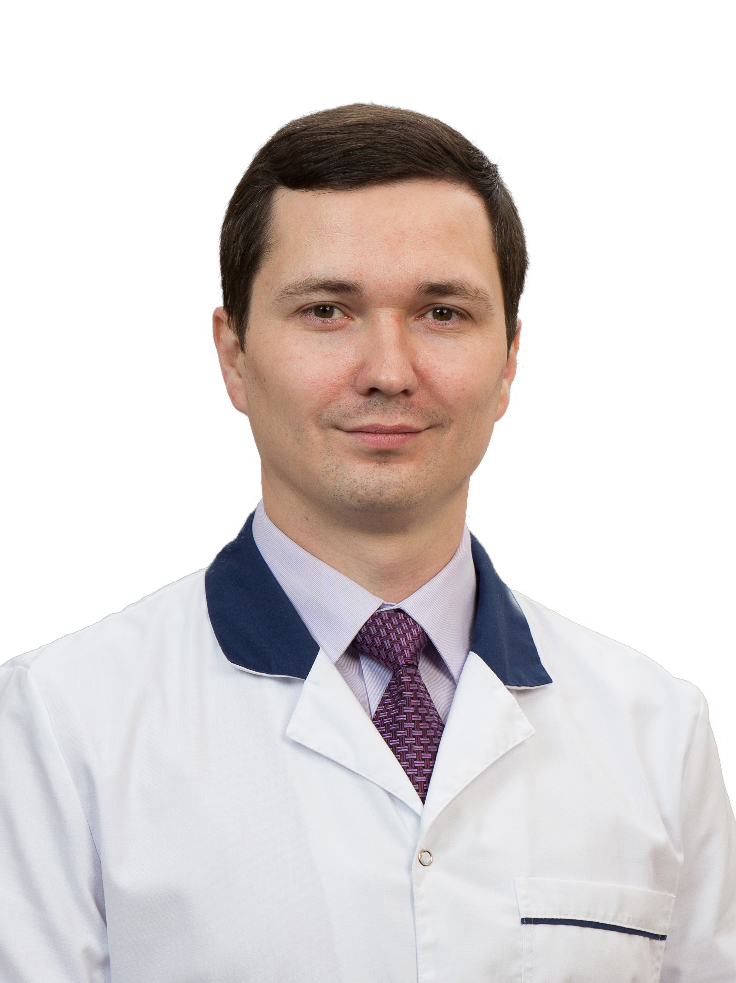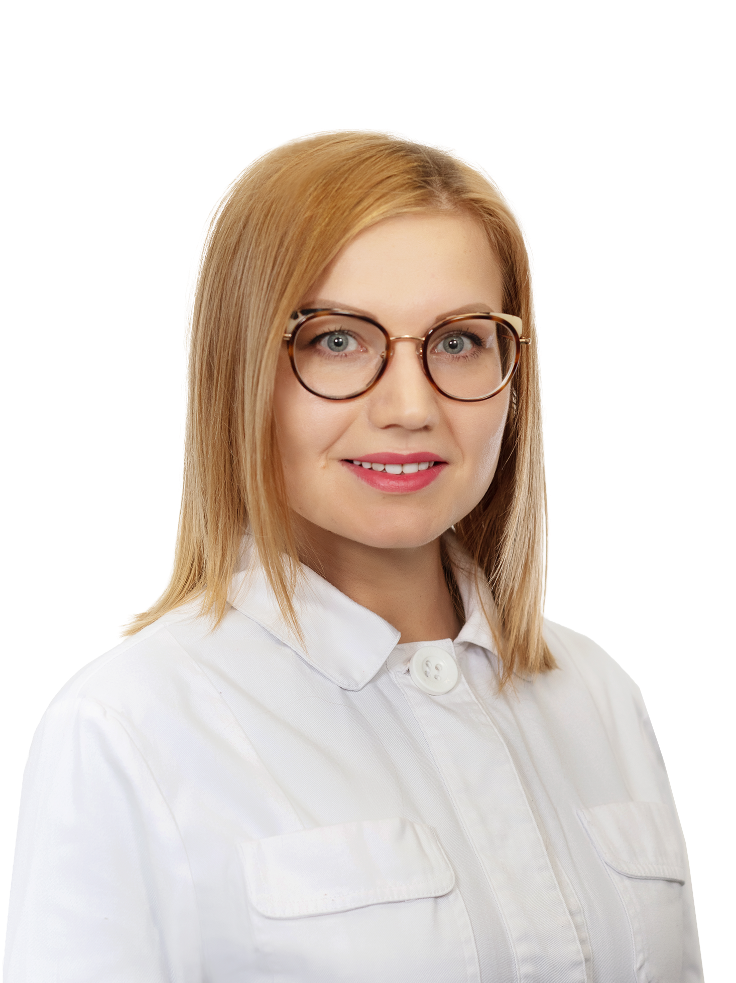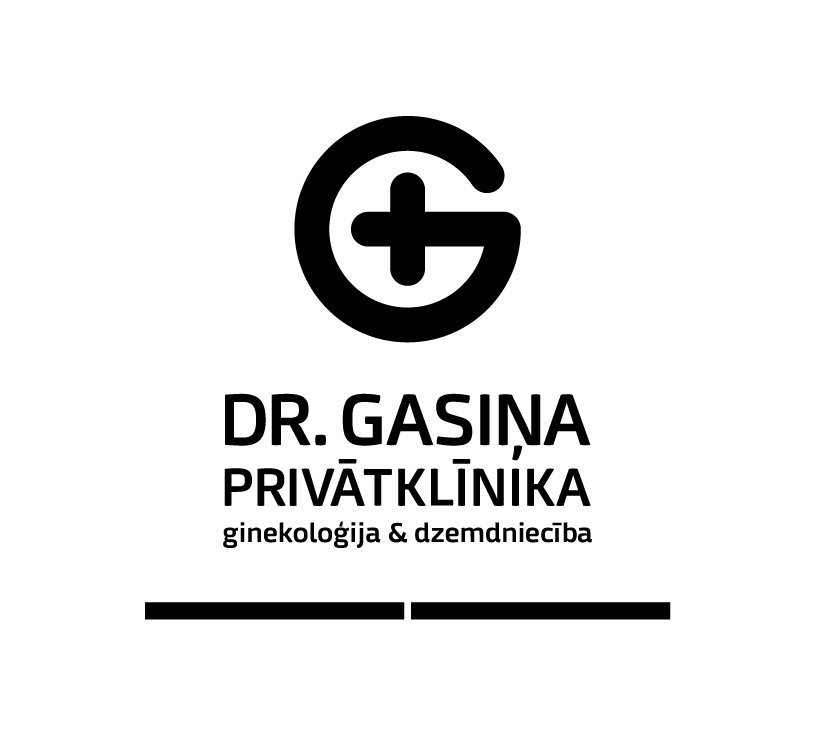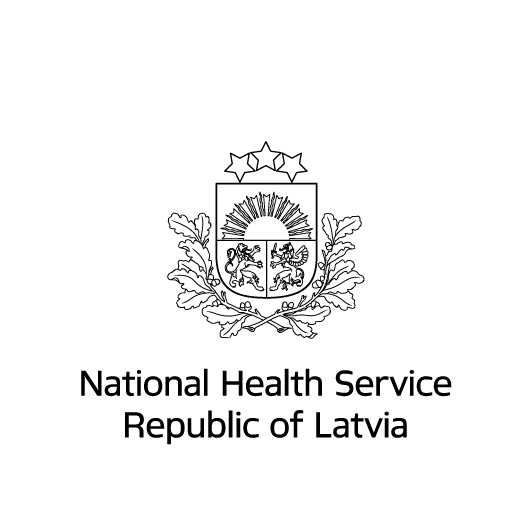Proctology
A proctologist, or colorectal surgeon, diagnoses and treats diseases of the colon, rectum and perineum.
The most common colorectal disease is haemorrhoids, but proctologists also treat anal fissures, polyps, perianal masses, oncological diseases of the colon and rectum, constipation, faecal incontinence and other diseases of the rectum and colon. Everyone over the age of 45 should consider a preventive appointment with a proctologist, especially people with a family history of oncological (malignant) diseases of the colon!
About one third of patients consulting a proctologist are diagnosed with haemorrhoids. There are more than 50 different methods of treating haemorrhoids worldwide, and each doctor will choose the one that best suits the patient, depending on the stage of the disease, the patient’s age and other individual characteristics.
WHAT HAPPENS DURING AN APPOINTMENT?
During the consultation, the doctor interviews the patient to get a medical history – most often asking questions related to the patient's complaints, bowel movement disorders, eating habits, lifestyle, etc. Pregnancy and the number of pregnancies is an important factor for women. For instance, women who have given birth to three children are more likely (up to 80%) to develop perineal functional diseases.
Before consulting a doctor, you should think if the subjective sensations have appeared in recent months and should not be afraid to ask questions to your doctor. As consultation of a proctologist is stressful for some people and they forget a lot of what they wanted to ask, we recommend writing down your questions on paper beforehand.
During the appointment, not only will the proctologist listen to you, but also visually assess your perineum and rectum.
The first examination also includes a deeper examination using a disposable proctological mirror. This procedure is painless because the doctor applies a lubricant containing an anaesthetic. The doctor usually starts with an anoscopy – a special mirror is used to check 10 cm of the anal canal and the initial part of the rectum. The doctor obtains the information on enlarged haemorrhoids, mucosal masses or polyps that can bleed, anal fissures, etc.
If anoscopy does not reveal an abnormality, a rectoromanoscopy is performed, which is considered the gold standard of the examination. Rectoromanoscopy provides extensive information – it enables the doctor to check up to 30 cm of the dangerous oncological area that starts after the rectum – the sigmoid colon, where tumours are often localised.
If this method does not detect an abnormality, additional tests (irigoscopy, fibrocolonoscopy, colonic transit time assessment, defectography, rectal and perineal ultrasound) and consultation of other specialists, such as a gastroenterologist, are required after the appointment. You may need to see a proctologist 2-3 times to get a full diagnosis.
Conventional surgery is the last step in the treatment of haemorrhoids! Doctors will recommend other minimally invasive surgical methods as the first option.

TREATMENT METHODS:
For instance, foam sclerotherapy, where the enlarged haemorrhoids are injected with a special medication in the form of foam, which fills the venous plexus; connective tissue is formed in the plexus, filling and eliminating it.
A rubber ring can be placed on the base of haemorrhoids using a special device, which presses on the blood circulation and the haemmorrhoid is eliminated. The procedure is performed without anaesthesia because there are no pain receptors in the area where the rings are placed and the patient can go home after the procedure.
There is also an option where the blood vessels carrying blood to the haemorrhoids can be treated with a laser. A special device finds the blood vessels carrying blood to the enlarged haemorrhoids and uses a laser beam to seal them, stopping the excess blood flow. Haemorrhoids become small and no longer bother the patient.
The most popular minimally invasive technique in the world is currently THD or transanal haemorrhoid dearterisation. The Doppler probe in the tip can indicate all the blood vessels carrying blood through the haemorrhoids within a tenth of a millimetre. The same device, with a suturing needle inserted into it, applies sutures on the blood vessels to completely cut off blood access to the haemorrhoids.
In the stage 3 and 4, when the haemorrhoids fall out, the device can be used to insert them back into the bowel in a special way and fix them to the bowel wall – where they should naturally be. There is a more serious surgery – the use of so-called mechanical suturing device or Longo technique. In a special way, by fixing the device into the rectum in the haemorrhoids area, all the enlarged haemorrhoidal nodes are retracted together with the excess mucosa that has formed over these nodes, and during retraction the whole area is circularly excised and titanium clips are automatically placed on the wound to close the lesion.
ADVANTAGES:
Veselības centrs 4 is the first medical centre in Europe where degree 2-4 haemorrhoids are successfully treated using the radiofrequency device EVRF® (EndoVenous Radio Frequency). This haemorrhoids treatment procedure called RAFAELO® (Radio Frequency treatment of Haemoroids under Local anaesthesia) is performed within 15-20 minutes, under local anaesthesia and in a medical treatment room.
A special radiofrequency catheter is inserted into the haemorrhoid through a small needle puncture, which generates an impulse of high-frequency electromagnetic radiation at the tip of the needle or catheter. The vascular node gets warm according to the principle of thermocoagulation, resulting in coagulation and elimination of the haemorrhoid. As both the needle and the catheter have an insulating coating, the impulse is localised and its effect on the surrounding tissue is limited. Therefore, the method is sparing and safe. The method is very accurate, as the device automatically adjusts the power and duration of the energy.
The manipulation is performed in the deep part of the rectum, where there are no pain receptors and the patient does not have any pain, bleeding and discomfort in the post-operative period as in case of conventional surgery involving an incision. The patient quickly returns to everyday activities, without having to observe any long-term restrictions. If these techniques fail to ensure a good result, operative excision of the haemorrhoidal nodes should be performed.
A significant part of the pathologies of obstructive defecation syndrome (rectocele, rectal invagination, rectal or mucosal prolapse, etc.) are associated with trauma in childbirth and perineal muscular weakness.
Women are therefore a typical group of patients, especially women aged 45 to 55, around the onset of menopause, when hormone levels change significantly. Treatment in this group of patients usually starts with physiotherapy to strengthen the perineal muscles, but if conservative methods do not achieve the desired effect, surgical intervention is required.
Proctological diseases definitely affect the intimate part of the body, so it is difficult for people to discuss these diseases, brace up and see a doctor, especially if they have heard the old stories about how unpleasant and painful it is to be examined, let alone treated.
However, medicine took a step forward – it means that now examinations and treatments are discreet and delicate, with minimal discomfort. The most important thing to understand is that if you don't see the doctor in time, the outcome can be distressing, because self-diagnosis is not always accurate.
People think: well, there's a little itch, a little blood – that’s just a little haemorrhoid. But the complaints are often very similar in case of rectal cancer and treatment must not be delayed. Only a specialist can determine what exactly is causing the discomfort and prescribe treatment.
DO NOT PUT OFF SEEING A PROCTOLOGIST IF YOU HAVE:
- abdominal and perianal discomfort,
- bleeding during bowel movement or rectal bleeding,
- constipation or diarrhoea,
- changes in the number of bowel movement (too rare or frequent),
- faecal incontinence,
- pain, discomfort, itching, wetness in the rectal area,
- unclear masses in the anal area,
- general weakness, fatigue,
- unspecified anaemia and weight loss.
Specialists
Prices
Proxiologist services
Histological diagnostics of operations and biopsy material, 2-20 preparations, complex degree, difficulties of differential diagnosis, 3rd category. (all malignancies)
43 €
Infiltration anesthesia in proctology
33 €
Consultation on manipulations
18 €
Repeated consultation of a surgeon within one episode of the disease
27 €
Surgery of internal hemorrhoids with a mechanical suture (Longo op.)
475 €
Surgery of internal and external hemorrhoids
490 €
Complementarity allowance for proctological operations
150-180 €
Stay in a day hospital (2 hours)
32 €
First consultation with a surgeon specializing in proctology
48 €
Surface anesthesia in proctology
25 €
Superficial paraprocyte incision
35 €
Supplement for the use of a single proctoscope for other manipulations
22 €
Procedure for removing hemorrhoids with cyanoacrylate glue
670 €
Seam removal
9 €
Transanal biopsy
30 €
Surcharge for each additional hour spent in a day hospital above a pre-determined time
9 €
First consultation with a surgeon
38 €
Isolated thrombotic or inflamed external hemorrhoid node incision or excision
40 €
Repeated consultation with a surgeon specializing in proctology
42 €
Histological diagnostics of operations and biopsy material, 1-4 preparations, mild complexity; Category 1
26 €
Application of latex rings for internal hemorrhoids
99 €
Histological diagnostics of operations and biopsy material, 5-10 preparations, medium degree of complexity; Category 2 (diagnostics of dysplastic, precancerous conditions, benign tumors)
32 €
Proctoscopy with a disposable proctoscope
30 €

















